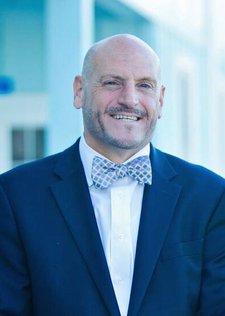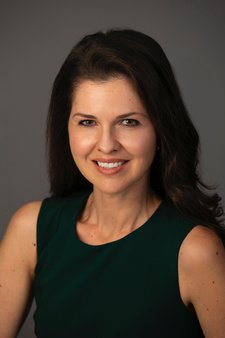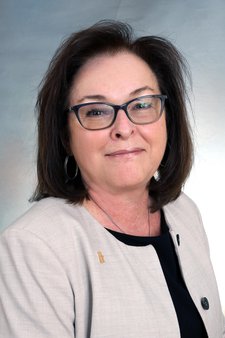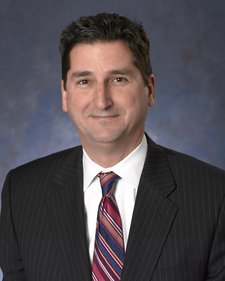
Winnie Sun, Contributor
May 17, 2023
Late last year, Congress passed – and President Biden signed into law–an enormous $1.7 trillion spending package. Included in the package was the Secure 2.0 Act, which brought big changes to financial planning and retirement programs. You’ll want to pay attention because these changes–more than a dozen of them–could have a profound effect on your retirement plans. Roughly half of American households aren’t saving enough to maintain their standards of living after retirement, Boston College’s Center for Retirement Research found. If that’s you, now is a good time to up your game for retirement planning. Here are some of the key provisions of Secure 2.0, most of them aimed at making it easier to save money.

A protester demonstrates in support for Social Security. (Photo by Spencer Platt/Getty Images)
Changes in workplace plans – Starting in 2025, employers that provide newly created 401(k) or 403 (b) plans will be required to enroll employees in the plans automatically, with some exceptions. The bill also includes incentives for small businesses to set up retirement savings plans for their workers, encourages individuals to set aside long-term savings and makes it easier for annuities to be an income option for retirement. Small companies that don’t offer retirement plans can get a tax credit to start one. Employers can enroll non-highly compensated employees in a $2,500 “rainy day” savings plan linked to a 401(k) plan . The Secure 2.0 Act also allows employers to make matching contributions to a 401(k) plan, 403(b) plan, or SIMPLE IRA for qualified student loan payments.
Changes for individuals – The new law makes it easier for workers who have fallen behind in retirement savings to catch up by making larger contributions later in life. In 2023, people 50 and older will be able to contribute an extra $7,500 a year to these accounts.In 2025, under Secure 2.0, it will be raised to $10,000 for savers aged 60 to 63.
Changes for seniors – The age for taking Required Minimum Distributions from retirement accounts rises from the current age 72 to age 73 in 2023 and then to age 75 in 2033. That means you can hang onto your money longer before being required to spend it down and pay taxes on non-Roth IRA accounts. Congress also has reduced the 50% penalty for missing an RMD deadline. It’s now 25% of the amount that should have been withdrawn and drops to 10% if corrected in a timely manner.
Easing of early withdrawal penalties – The new law expands exemptions to the penalty (usually 10%) for taking early withdrawals from your retirement accounts. Penalties are now waived for some private-sector firefighters and public safety officers. People who are terminally ill can make limited penalty-free withdrawals and anyone with a personal or family emergency will be allowed to withdraw up to $1,000 a year penalty free, starting in 2024. There are also some exemptions for victims of domestic abuse and for paying long-term-care premiums and people who suffered losses in federally declared disasters can make penalty-free withdrawals dating from Jan. 26, 2021.
Help finding lost retirement accounts – The new law calls for creation of a searchable database to help find retirement accounts you may have lost track of. (This can happen, for example, when people change jobs and forget about a retirement savings account they had with their former employer.) The database should be up and running within two years.
Changes to Roth 401 (k) rules – Starting in 2024, the pre-death distribution requirement will be eliminated. Employers now are permitted to offer Roth matching contributions into a worker’s 401(k) account. Employees can choose to take the Roth match, paying taxes upfront, and later take out the contributions, potentially the earnings, tax free.
Retirement-savings help for lower-income people – Beginning in 2027, the SECURE 2.0 Act replaces the nonrefundable Saver’s Credit for certain IRA and retirement plan contributions with a federal matching contribution that is deposited into your IRA or retirement plan. The match will be 50% of IRA or retirement plan contributions up to $2,000 per person. Some income limits will apply.
There are other changes too, including increasing amounts allowed for qualified longevity annuity accounts, ways to roll leftover college savings money into a beneficiary’s Roth IRA account and help for military spouses to get expanded access to retirement plans. Yes, it’s all complicated and you would be well advised to consult with a financial advisor to ensure you are getting the most out of your retirement plan.
Winnie Sun is a registered representative with, and securities offered through LPL Financial, member FINRA/SIPC. Investment advice offered through Sun Group Wealth Partners, a registered investment advisor and a separate entity from LPL Financial.
© 2024 Forbes Media LLC. All Rights Reserved
This Forbes article was legally licensed through AdvisorStream.








